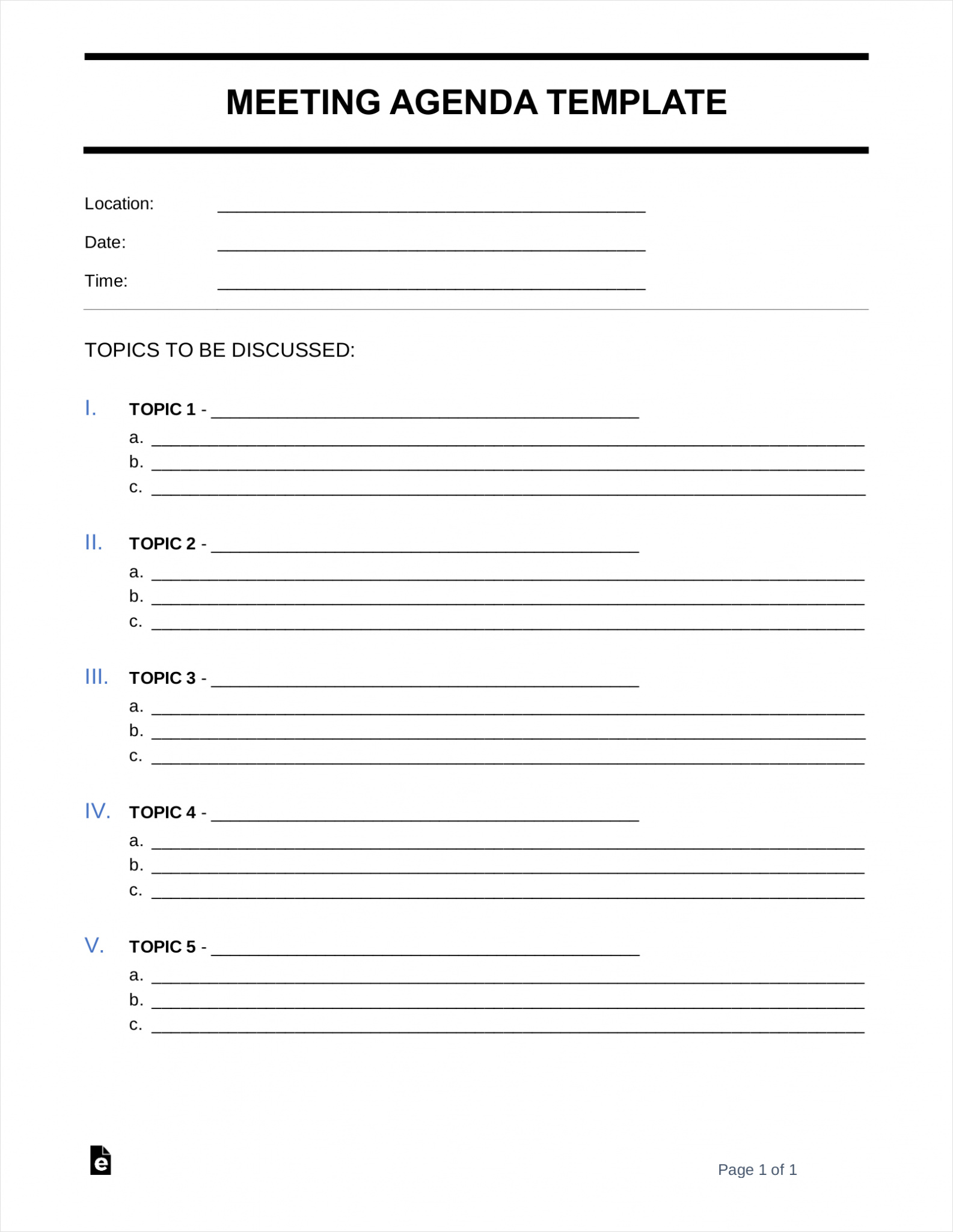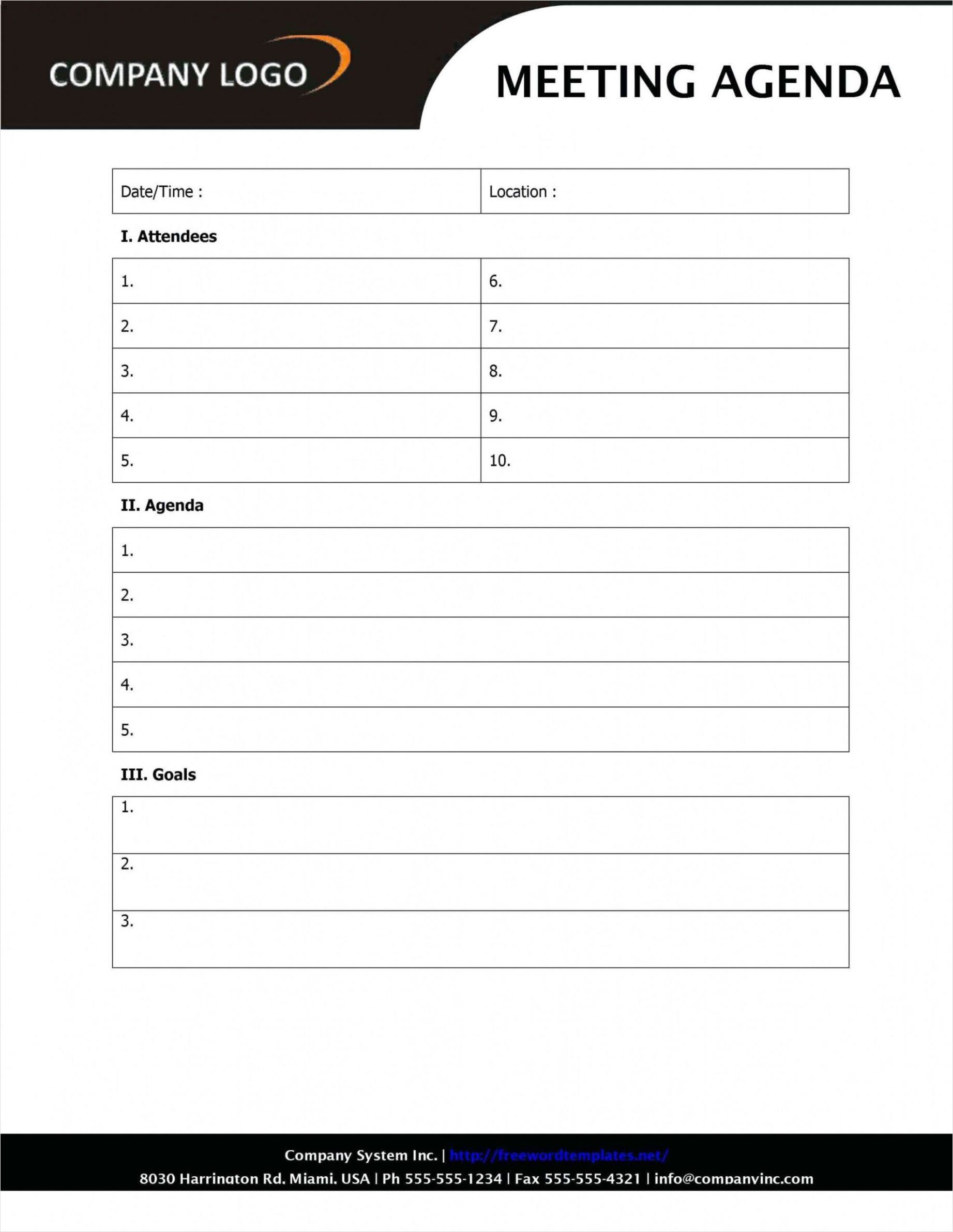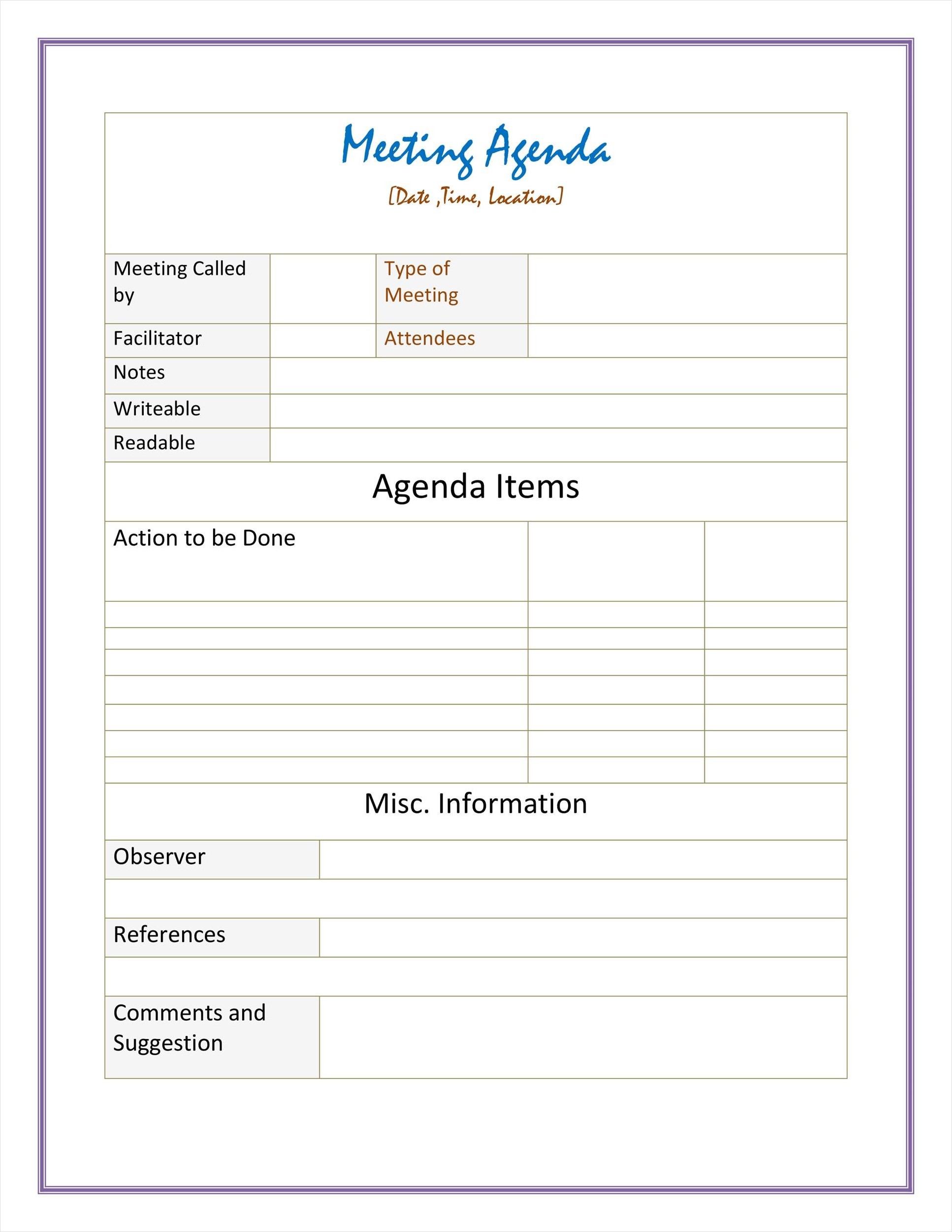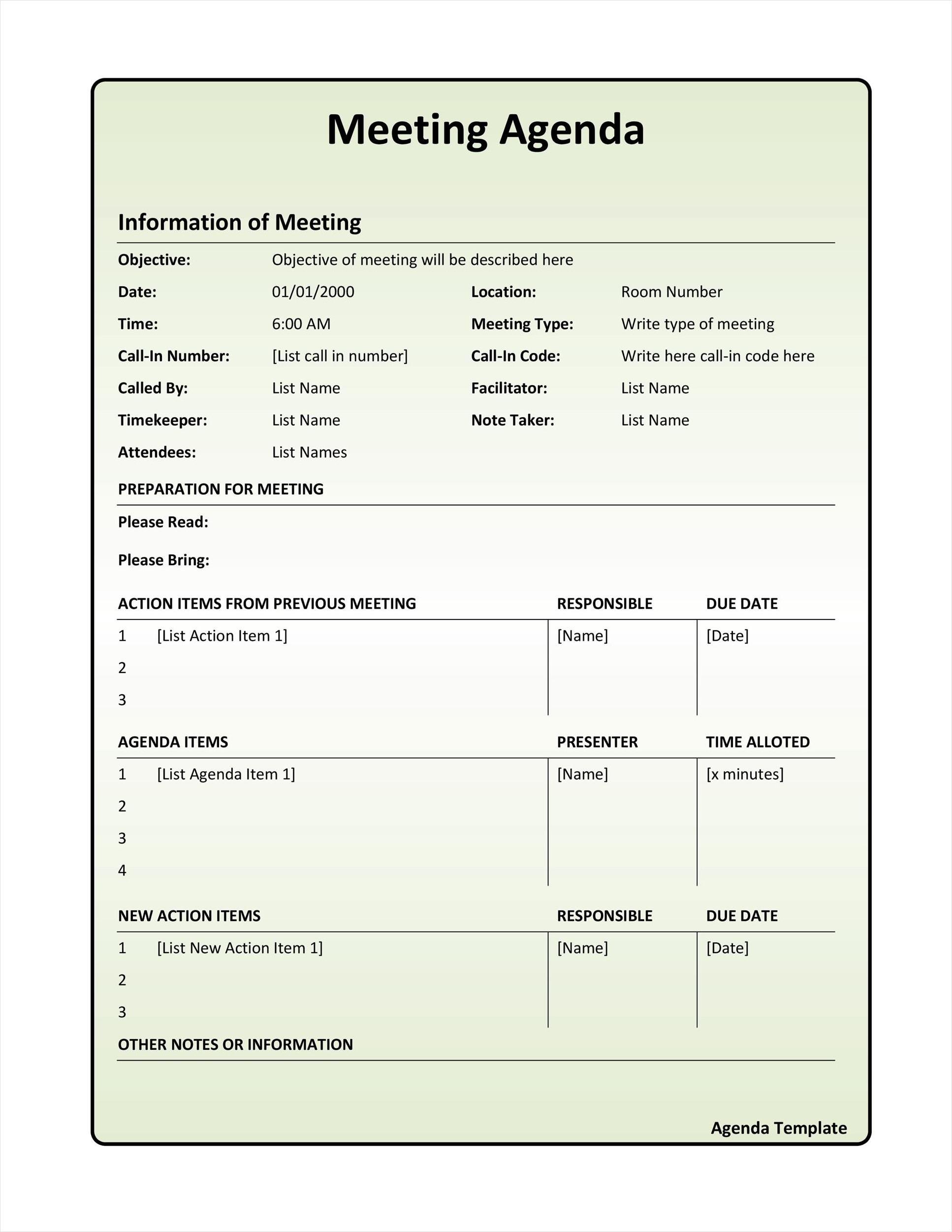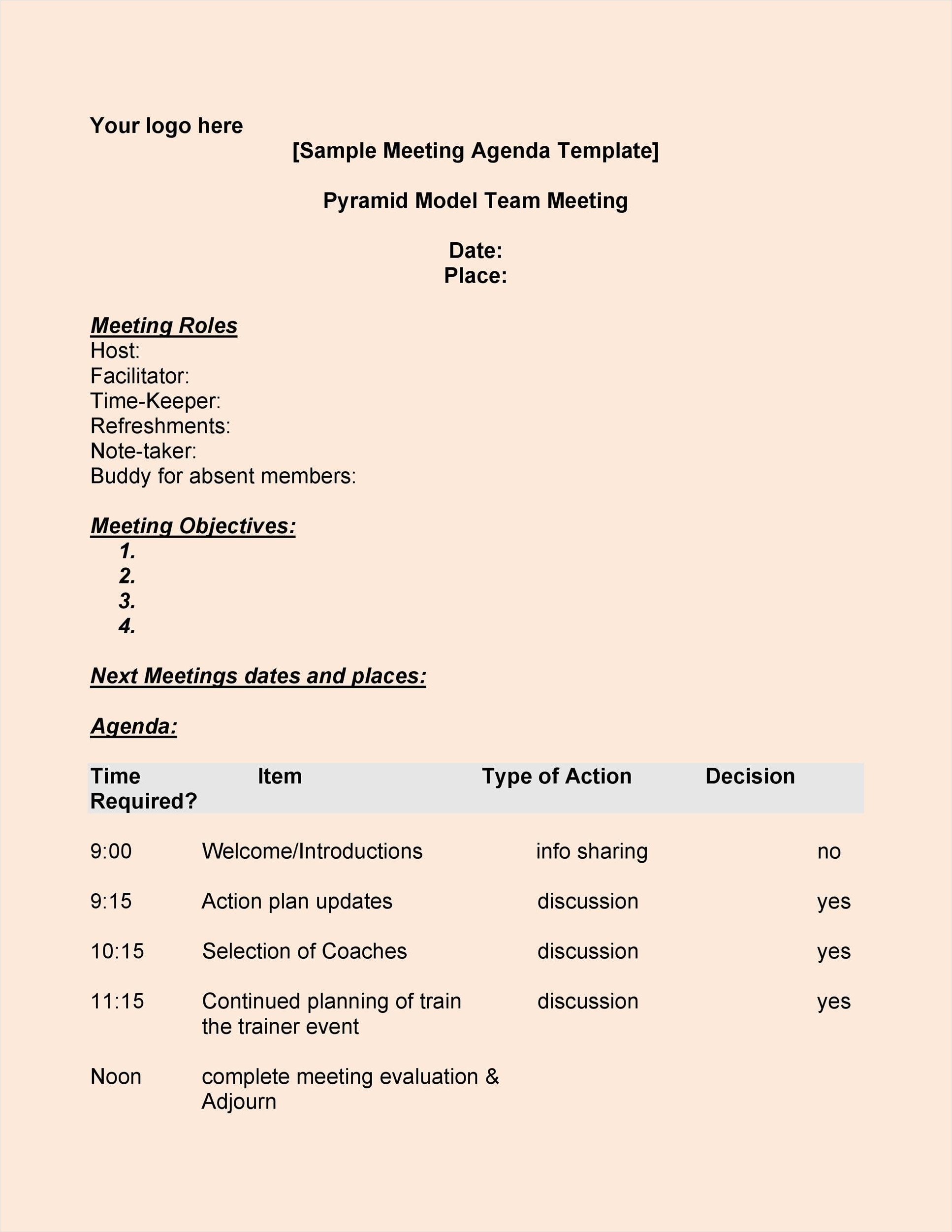Meetings are an essential part of any organization’s workflow. They provide a platform for collaboration, decision-making, and problem-solving. However, without proper planning and organization, meetings can quickly become unproductive and chaotic. This is where a well-structured meeting agenda plays a crucial role. In this article, we will explore the importance of a meeting agenda and provide tips on how to create one that leads to productive and efficient meetings.
What is a Meeting Agenda?
A meeting agenda is a document that outlines the topics to be discussed during a meeting. It serves as a roadmap, guiding the flow of the meeting and ensuring that all necessary items are addressed. A well-structured meeting agenda helps participants prepare in advance, sets clear expectations, and keeps the meeting focused and on track.
Why is a Meeting Agenda Important?
A meeting agenda is important for several reasons:
- Organization: An agenda provides structure and organization to the meeting, ensuring that all relevant topics are covered.
- Preparation: By sharing the agenda with participants in advance, they have time to prepare and gather any necessary information or materials.
- Time Management: A well-planned agenda helps manage time effectively, ensuring that each item is allocated an appropriate amount of time.
- Focus: An agenda keeps the meeting focused on the main objectives and prevents discussions from going off-topic.
- Productivity: With a clear agenda, participants can come prepared, leading to more engaged and productive discussions.
- Accountability: An agenda sets clear expectations for what needs to be accomplished, holding participants accountable for their assigned tasks.
How to Create an Effective Meeting Agenda
Creating an effective meeting agenda involves several key steps:
1. Identify the Meeting Objective
Before creating an agenda, it’s important to identify the objective of the meeting. What is the purpose? What outcome do you hope to achieve? Clearly defining the objective will help determine the topics that need to be included in the agenda.
2. Prioritize Topics
Once you have identified the meeting objective, prioritize the topics that need to be discussed. Start with the most important or urgent topics and arrange them in a logical order.
3. Include Relevant Details
For each topic, include relevant details such as background information, discussion points, and any supporting documents or materials. This will help participants come prepared and contribute effectively to the discussion.
4. Allocate Time
Assign a specific amount of time to each agenda item. This will help manage the meeting’s time effectively and ensure that all topics are addressed within the allotted time frame.
5. Share the Agenda in Advance
Send the meeting agenda to all participants well in advance of the meeting. This gives them time to review the topics, prepare any necessary materials, and come ready to contribute to the discussion.
6. Stick to the Agenda
During the meeting, it’s important to stick to the agenda and avoid going off-topic. If new topics or issues arise during the discussion, note them down for future meetings but keep the current meeting focused on the agenda items.
7. Wrap up with Action Items
At the end of the meeting, summarize the key decisions, action items, and next steps. This ensures that everyone is clear on what needs to be done and who is responsible for each task.
8. Evaluate and Improve
After the meeting, take the time to evaluate its effectiveness. Did the agenda help achieve the meeting’s objective? Were all topics adequately covered? Use this feedback to improve future meetings and refine your agenda-creation process.
Sample Meeting Agenda
Here is an example of a well-structured meeting agenda:
1. Welcome and Introduction (5 minutes)
– Introduce the purpose of the meeting
– Welcome participants and set the tone for the discussion
2. Review and Approval of Previous Meeting Minutes (10 minutes)
– Distribute and review the minutes from the previous meeting
– Address any corrections or additions
– Seek approval from participants
3. Project Update (20 minutes)
– Provide an overview of the project status
– Discuss any challenges or roadblocks
– Seek input or suggestions from participants
4. Marketing Strategy Discussion (30 minutes)
– Present the proposed marketing strategy
– Discuss its alignment with business goals
– Gather feedback and suggestions from participants
5. New Product Launch Plan (30 minutes)
– Introduce the new product
– Present the launch plan, including timelines and responsibilities
– Address any questions or concerns
6. Any Other Business (15 minutes)
– Allow participants to raise any additional topics or concerns
– Discuss and address as necessary
7. Wrap-up and Next Steps (10 minutes)
– Summarize key decisions and action items
– Assign responsibilities and deadlines
– Clarify the date and time for the next meeting
Conclusion
A well-structured meeting agenda is a powerful tool that can make a significant difference in the productivity and effectiveness of your meetings. By following the steps outlined in this article and using the sample agenda as a guide, you can create an agenda that engages participants, keeps discussions focused, and leads to successful outcomes. Remember, a well-planned meeting is a step closer to achieving your organizational goals.
Meeting Agenda Template Excel – Download
